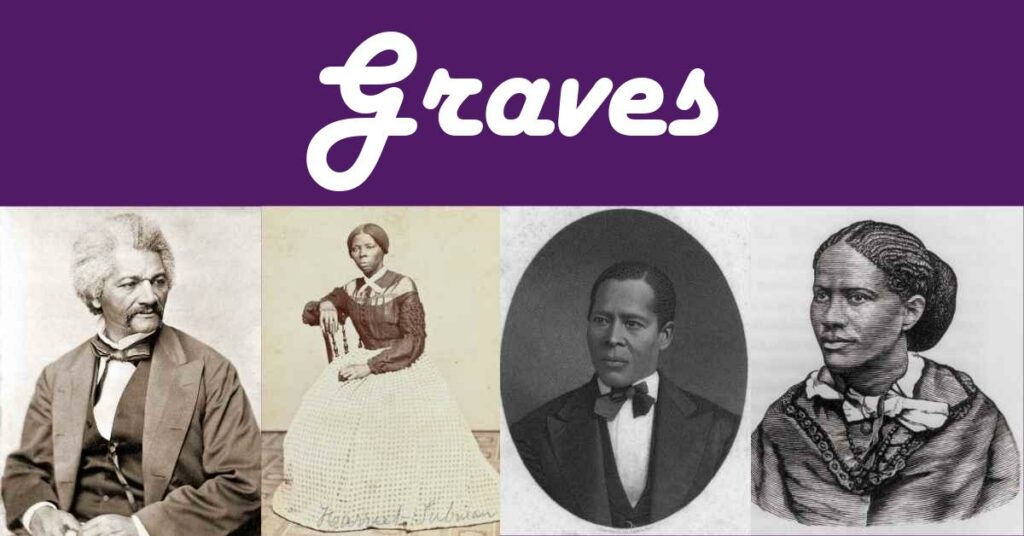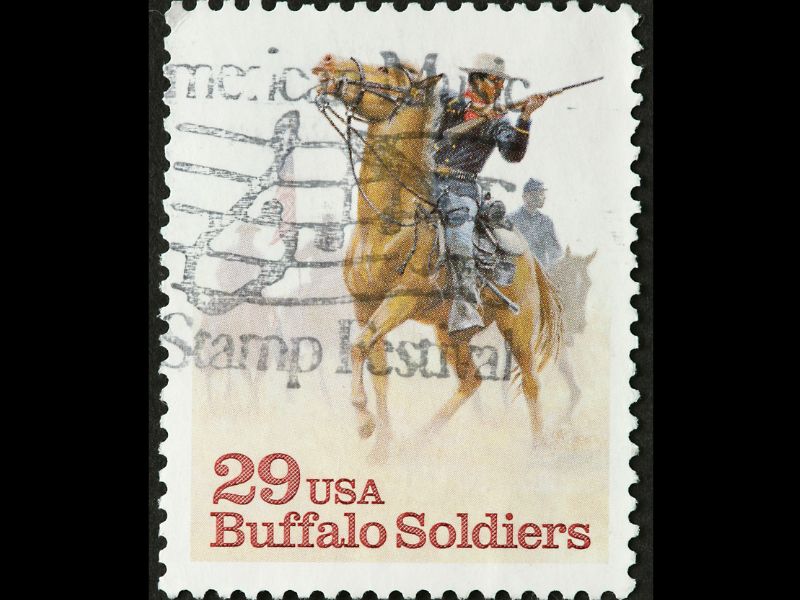The 2010 U.S. Census recorded 20,362 black Americans with Graves as their last name. That represented 24% of the total of 84,179 entries.
This article tracks their numbers in the census since the Civil War. We also look at historic African American people named Graves.
We end with a review of early records of black military service in the United States.
After The Civil War
The 1870 census was the first survey after the Civil War and the Emancipation Proclamation. In 1850 and 1860, only free African Americans were recorded in the census. The many enslaved were omitted.
From 1870 onward, all black Americans were included.
3,289 people named Graves were recorded in the 1870 census as black and 474 as mixed.
There was a total of 19,484 people with the name.

Graves In The 1900 And 1940 Census
The mixed category was dropped from the census in 1900, so we just need to look at the black numbers this time.
The 1900 census recorded 6,049 people with the last name Graves as black within a total of 30,917 that year.
By the way, the mixed category returned in the 1910 and 1920 censuses. It was dropped again in 1930, but replaced with extra categories for colored and non-white in a way that seems confusing now.
This changed again in 1940 and we can simply focus on one black category.
The 1940 census recorded 7,271 people named Graves as black within a total of 45,078.
Historic Black Figures With The Graves Surname

Here is a notable African American in history with Graves as their last name.
Curtis Graves
- Born: 1938
- From: New Orleans, Louisiana
- Died: 2023
Curtis Graves was born into a New Orleans Creole household. His father owned a gas station, one of the few black-owned stations in the state.
Curtis studied at Texas Southern University in the early 1960s. He was heavily involved in the sit-ins and marches of that era of civil rights.
Graves was elected to the Texas House of Representatives in 1966. He joined Barbara Jordan and Joe Lockridge as the first black politicians elected to the Texas assembly since Reconstruction.
Graves In Black Military Records
Military records are a rich resource of information for family history research. Here are examples of the Graves surname from military service.
Buffalo Soldiers

Five regiments for black soldiers were formed during the Civil War. They were known as the Buffalo Soldiers.
Their records are part of the national archive of military monthly returns. The information includes the year and place of birth, where they enlisted, their occupation, and their height.
One of the earliest military entries for Graves was in June 1873. Clinton Graves was a Private in the U.S. Ninth Cavalry. He was stationed in June 1873 at Fort Brown, Texas.
Another entry was in January 1914. Bailey Graves was a Private in the U.S. Tenth Cavalry.
If you are researching military ancestors, there is a free index of these records on Ancestry.com and FamilySearch.org.
You have to create an account on either website, but you do not need to pay for the Buffalo Soldiers archive.
Black Civil War Sailors
The National Parks Service has a free archive of African American sailors during the Civil War.
The information includes their age, height, rank, occupation, and where and when they enlisted. It also includes every ship that they served on.
You can search the database on the National Parks website.

Edward Graves
One of the earliest entries for Graves was for Edward Graves from Wilmington, Delaware. He enlisted in December 1862 at Wilmington when he was aged 20.
The record shows that Edward was assigned on March 1864 to the ship Patapsco.
His occupation before enlisting was as a Waiter. His naval rank was Landsman.
“Landsman” was the lowest rank at the time and was given to recruits with little sea experience.
Moses Graves
One of the later entries was for a sailor who enlisted at Red River in March 1864. Moses was aged 31 and was from Charles County, Tennessee.
He was assigned to the ship Fort Hindman on September 1864.
His occupation before enlisting was as a Laborer. His naval rank was 1st Class Boy.
“1st Class Boy” was a rank generally given to seamen in training, who performed various manual tasks and duties aboard a ship under supervision. This could prepare them for promotion to the rank of ordinary seaman.